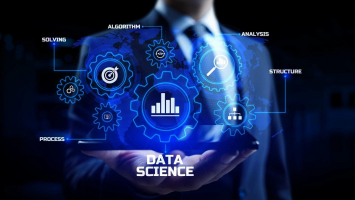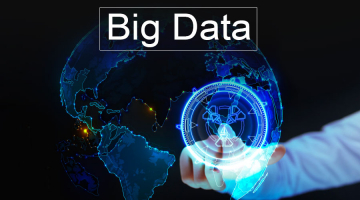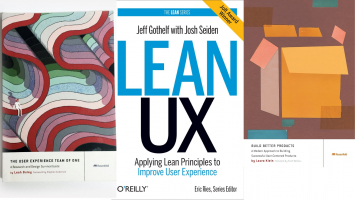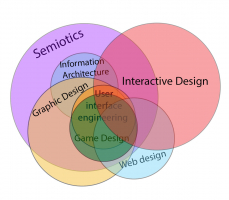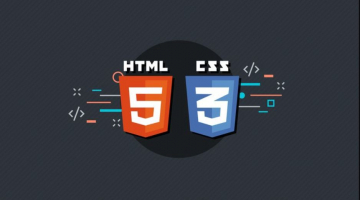Top 10 Best Books On Data Modeling And Design
Data modeling, according to IBM, is the process of generating a visual representation of an entire information system or parts of it in order to explain ... read more...linkages between data elements and structures. The purpose is to demonstrate the various forms of data used and stored within the system, as well as the relationships between different data types, as well as the various ways the data can be categorized and arranged, as well as its formats and features. Professionals who create these Data Models are extremely significant in modern organizations because, when done correctly, such models may be utilized to make long-term business choices based on accurate data. This article looks at the best books on data modeling and design you may use to get acquainted with the area as well as enhance your proficiency in this sphere of knowledge for anyone interested in such a profession.
-
Martin is a distributed systems researcher at the University of Cambridge. He previously worked as a software engineer and entrepreneur at firms such as LinkedIn and Rapportive, where he focused on large-scale data infrastructure.
Today, data is at the heart of many system design difficulties. Difficult challenges, such as scalability, consistency, dependability, efficiency, and maintainability, must be addressed. Furthermore, we have a dizzying array of technologies, such as relational databases, NoSQL datastores, stream or batch processors, and message brokers. What are the best options for your situation? How do you make sense of all this jargon?
Author Martin Kleppmann guides you through this broad terrain by evaluating the benefits and drawbacks of various data processing and storage systems. Although software evolves, the core principles remain constant. Designing Data-Intensive Applications will teach software developers and architects how to put those principles into practice and make full use of data in modern systems. Martin is also a frequent conference speaker, blogger, and contributor to open source.
- Examine the systems you already use and learn how to use and operate them more efficiently.
- Make informed decisions by evaluating the advantages and disadvantages of various tools.
- Determine the trade-offs between consistency, scalability, fault tolerance, and complexity.
- Recognize the distributed systems research on which modern databases are based.
- Investigate the architectures of key internet services and learn from them.
Author: Martin Kleppmann
Link to buy: https://www.amazon.com/Designing-Data-Intensive-Applications-Reliable-Maintainable/dp/1449373321/
Ratings: 4.8 out of 5 stars (from 2934 reviews)
Best Sellers Rank: #1,341 in Books
#1 in Data Modeling & Design (Books)
#1 in MySQL Guides
#1 in Desktop Database Books
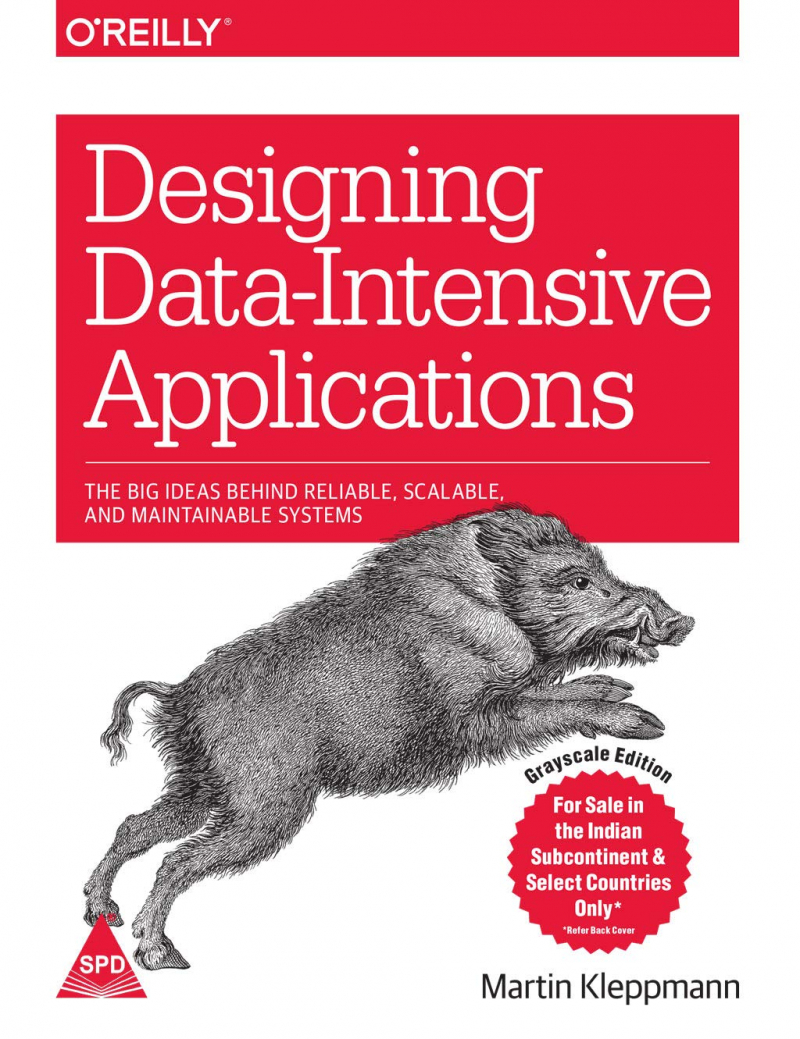
amazon.in 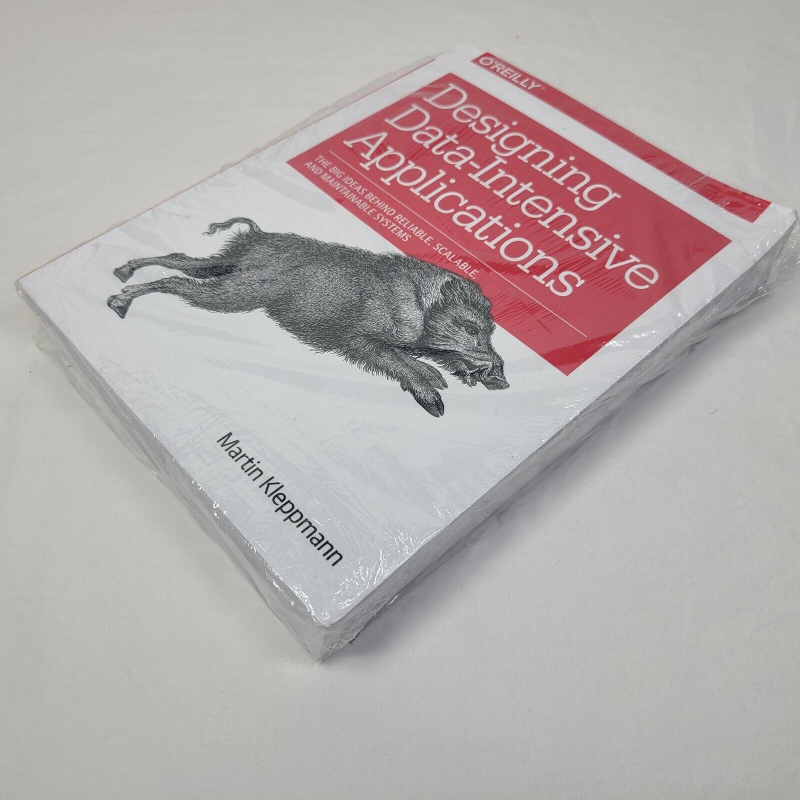
ebay.com -
Walter Shields is the founder and CEO of DataDecided, a Tableau-based data visualization firm, and SQL Training Wheels, a SQL training firm. He has previously worked for Target, the New York City Transit Authority, Ropes & Gray LLP, and Anthem.
Are you a developer looking to broaden your knowledge of database management? Are you a project manager who wants to better understand the demands of your development team? A decision-maker who requires more in-depth data-driven analysis? These pages contain everything you need to know!
Because big data is so prevalent, there is a greater than ever requirement to warehouse, access, and comprehend the contents of enormous databases quickly and efficiently. SQL comes into play here. SQL is the workhorse computer language that serves as the foundation for modern data administration and analysis.
Any database administration specialist will tell you that, despite the passing of popular data management languages, SQL remains the most commonly used and trustworthy to date, with no signs of abating. Walter Shields, an experienced mentor and SQL specialist, relies on his substantial knowledge in this thorough guide to make the topic of relational database management approachable, easy to understand, and extremely actionable.
SQL QuickStart Guide is great for those hoping to improve their employment prospects and professions, developers looking to boost their programming talents, or anyone who wants to take advantage of the data-driven future- even if they have no prior coding knowledge!
The SQL QuickStart Guide is Ideal For:
- Professionals who want to improve their professional abilities in order to prepare for a data-driven future
- Job seekers who wish to beef up their abilities and resume in order to gain a competitive advantage in the job market.
- Newcomers with no prior experience
- Managers, decision-makers, and business owners interested in managing data-driven business insights
- Developers seeking to broaden their expertise beyond the whole stack
- Anyone interested in becoming more prepared for our data-driven future!
You'll learn the following in the SQL QuickStart Guide:
- The fundamental structure of databases—what they are, how they work, and how to navigate them successfully.
- How to use SQL to get and comprehend data from any size database (aided by numerous images and examples)
- The most critical SQL queries, as well as when and how to apply them for maximum effect
- Professional SQL applications, as well as how to "sell" your new SQL talents to your company, are discussed, as are other career-enhancing aspects.
Author: Walter Shields
Link to buy: https://www.amazon.com/SQL-QuickStart-Guide-Simplified-Manipulating/dp/1945051752/
Ratings: 4.6 out of 5 stars (from 1209 reviews)
Best Sellers Rank: #7,328 in Books
#1 in Data Mining (Books)
#1 in Microsoft SQL Server
#1 in Other Databases
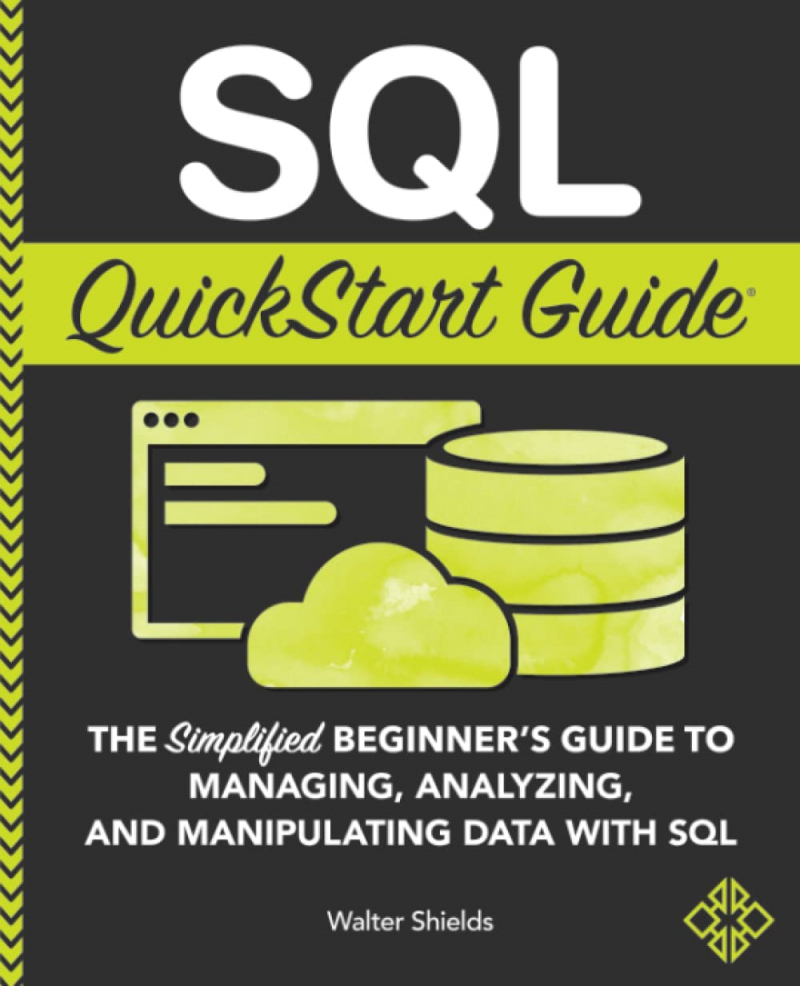
https://www.amazon.com/ 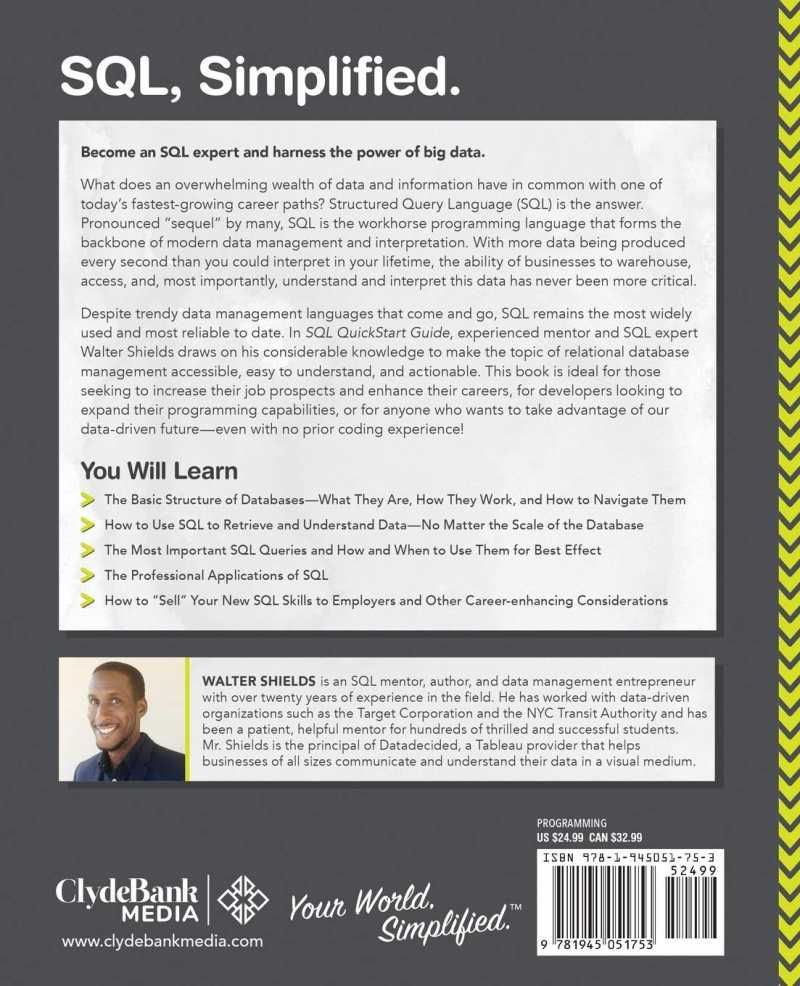
https://www.amazon.com/ -
Wes McKinney is a software engineer and entrepreneur based in New York. He moved on to do quantitative finance work at AQR Capital Management in Greenwich, CT after obtaining his undergraduate degree in mathematics at MIT in 2007. Frustrated with tedious data processing tools, he learnt Python and began developing the pandas project. He is now an active member of the Python data community and a proponent of Python's usage in data analysis, finance, and statistical computing applications.
Get detailed instructions in Python for manipulating, processing, cleaning, and crunching datasets. The second version of this hands-on guide, updated for Python 3.6, is jam-packed with practical case studies that show you how to address a wide range of data analysis problems successfully. In the process, you'll learn the most recent versions of pandas, NumPy, IPython, and Jupiter.
Python for Data Analysis provides a comprehensive, current introduction to Python data science tools written by Wes McKinney, the author of the Python pandas project. It is one of the best books on data modeling and design. It is great for analysts who are new to Python as well as Python programmers who are new to data science and scientific computing. GitHub hosts data files and related materials.
- For exploratory computing, use the IPython shell and Jupiter notebook.
- Learn about NumPy's basic and advanced features (Numerical Python)
- Begin with the pandas library's data analysis tools.
- Load, clean, transform, merge, and reshape data with adaptable tools.
- Matplotlib can be used to create useful visualizations.
- To slice, dice, and summarize datasets, use the pandas group by facility.
- Analyze and alter time series data, both regular and irregular.
- With complete, detailed examples, learn how to address real-world data analysis challenges.
Author: Wes McKinney
Link to buy: https://www.amazon.com/Python-Data-Analysis-Wrangling-IPython/dp/1491957662/
Ratings: 4.6 out of 5 stars (from 1565 reviews)
Best Sellers Rank: #9,428 in Books
#5 in Data Modeling & Design (Books)
#6 in Data Processing
#8 in Python Programming
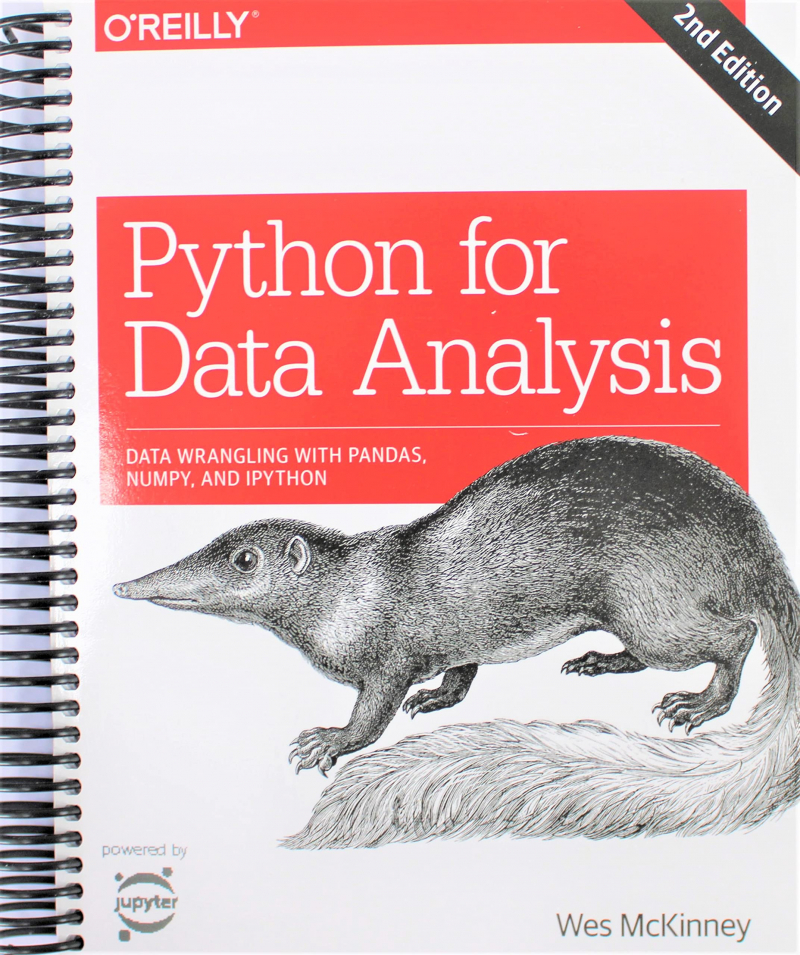
https://www.amazon.com/ 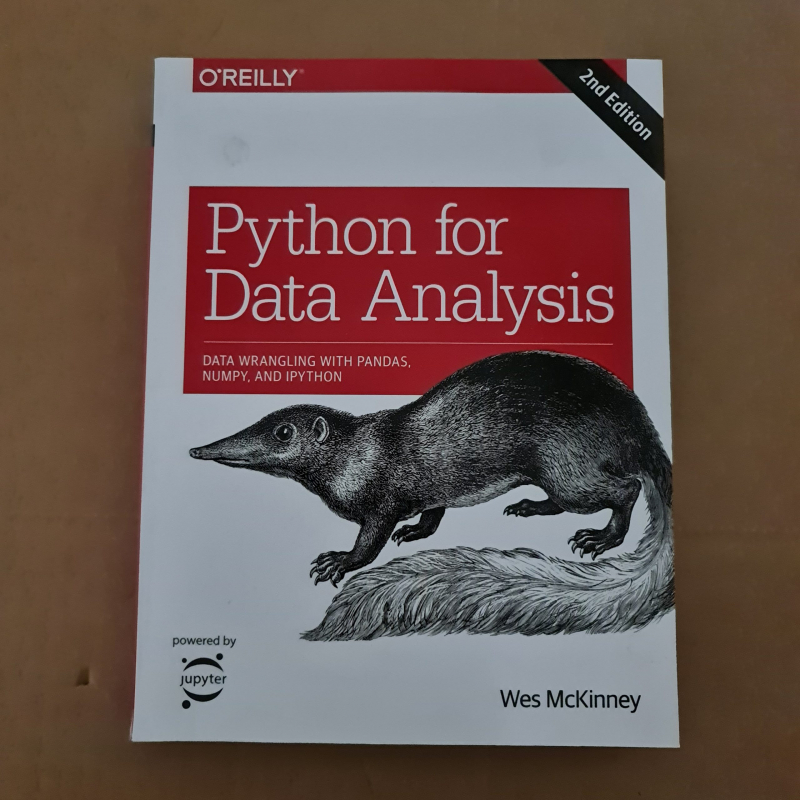
venditokw.com -
Jake VanderPlas has been using and developing with Python for a long time. He is currently an interdisciplinary research director at the University of Washington, where he also performs his own astronomical research and advises and consults with local scientists from a variety of subjects.
Python is a first-rate tool for many academics, owing to its libraries for storing, manipulating, and getting insight from data. There are several resources for individual components of this data science stack, but only the Python Data Science Handbook has all of them—IPython, NumPy, Pandas, Matplotlib, Scikit-Learn, and other related tools.
Working scientists and data crunchers who are comfortable reading and writing Python code will find this comprehensive desk reference useful for dealing with day-to-day issues such as manipulating, transforming, and cleaning data, visualizing various types of data, and using data to build statistical or machine learning models. Simply put, this is the essential reference for scientific computing in Python.
Python Data Science Handbook will teach you how to use:
- IPython and Jupyter: provide computational environments for data scientists using Python
- NumPy: includes the ndarray for efficient storage and manipulation of dense data arrays in Python
- Pandas: features the DataFrame for efficient storage and manipulation of labeled/columnar data in Python
- Matplotlib: includes capabilities for a flexible range of data visualizations in Python
- Scikit-Learn: for efficient and clean Python implementations of the most important and established machine learning algorithms
Author: Jake VanderPlas
Link to buy: https://www.amazon.com/Python-Data-Science-Handbook-Essential/dp/1491912057/
Ratings: 4.6 out of 5 stars (from 568 reviews)
Best Sellers Rank: #31,922 in Books
#8 in Data Modeling & Design (Books)
#14 in Scientific Research
#15 in Data Processing
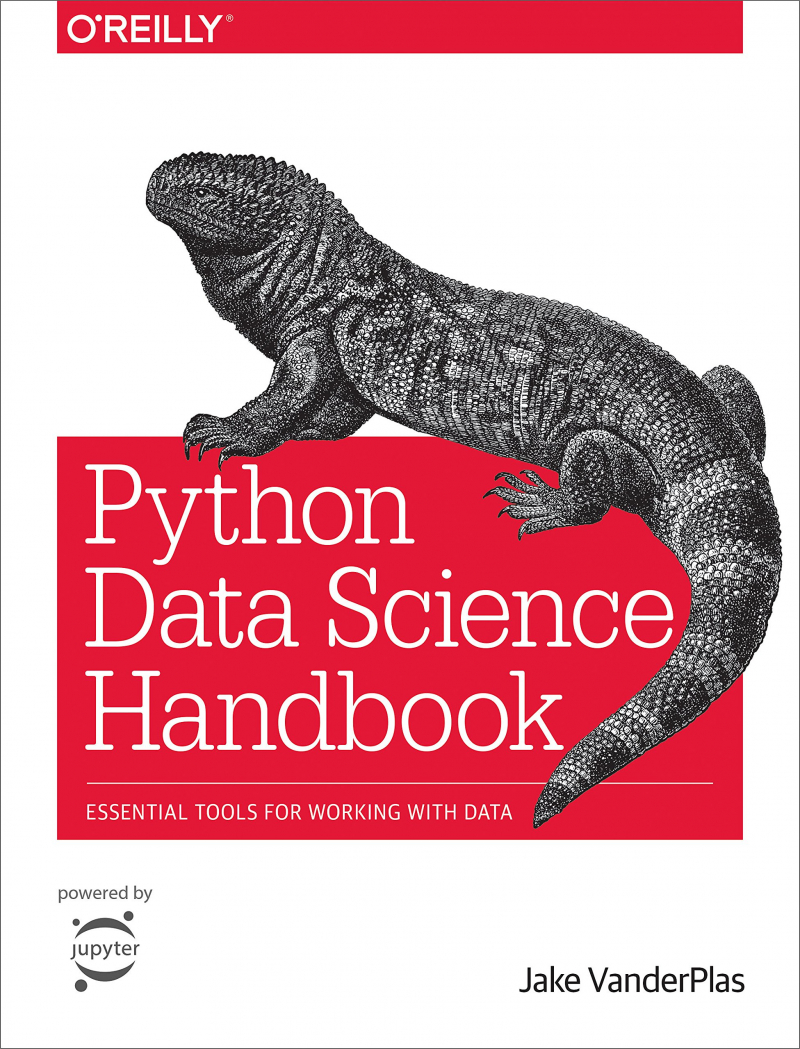
https://www.amazon.com/ 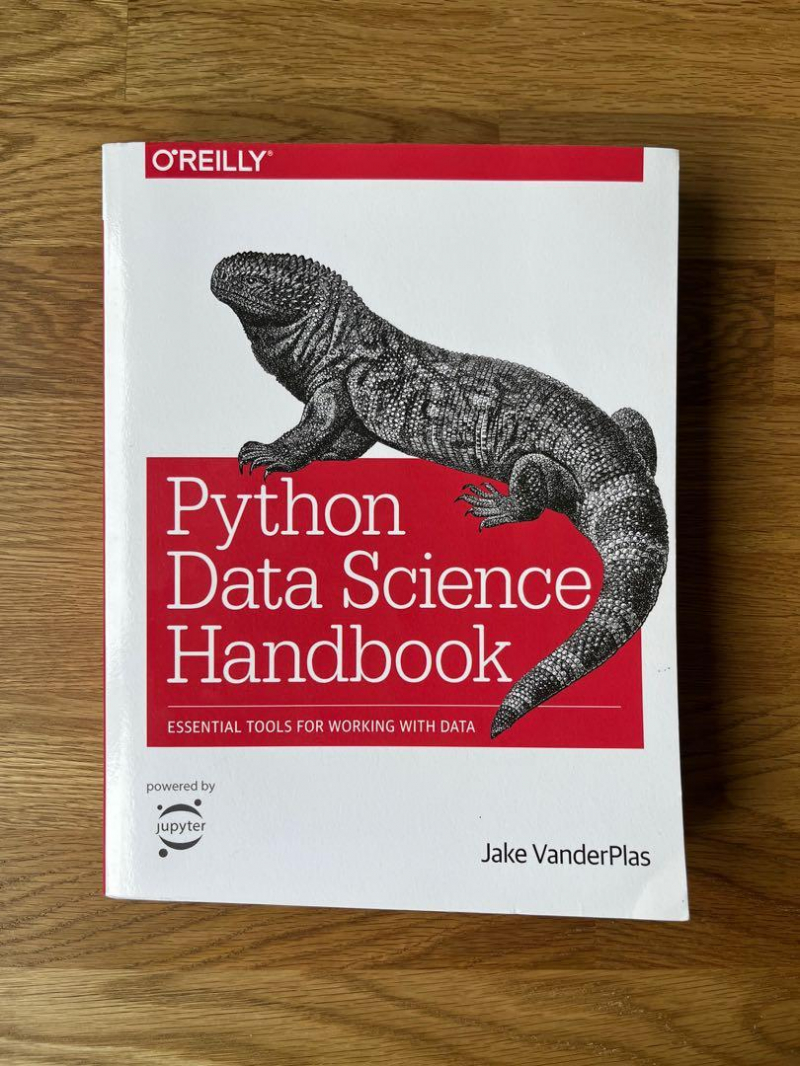
carousell.sg -
Claus O. Wilke is an Integrative Biology professor at The University of Texas at Austin. He received his PhD in theoretical physics from Ruhr-Universität Bochum in Germany. Claus has written or cowritten approximately 170 scientific papers on areas ranging from computational biology to mathematical modeling, bioinformatics, evolutionary biology, protein biochemistry, virology, and statistics.
The greatest way to communicate knowledge from increasingly huge and complicated datasets in the natural and social sciences is through effective visualization. However, with the growing power of visualization tools, scientists, engineers, and business analysts are frequently faced with a bewildering number of visualization choices and alternatives.
Among the best books on data modeling and design, Fundamentals of Data Visualization walks you through several typical visualization difficulties and shows you how to turn enormous datasets into clear and engaging images. Which form of visualization is ideal for the story you want to tell? How do you create visually appealing figures that are informative? Author Claus O. Wilke explains you the most important aspects of good data visualization.
- Investigate the fundamental notions of color as a tool for emphasizing, distinguishing, or representing a value.
- Recognize the significance of redundant coding to ensure that vital information is provided in various ways.
- Use the visualizations directory in the book, which is a graphical introduction to the most frequent sorts of data visualizations.
- Get a lot of samples of good and terrible figures.
- Learn how to properly use figures in a document or report to make a compelling tale.
Author: Claus O. Wilke
Link to buy: https://www.amazon.com/Fundamentals-Data-Visualization-Informative-Compelling/dp/1492031089/
Ratings: 4.6 out of 5 stars (from 170 reviews)
Best Sellers Rank: #32,548 in Books
#2 in Design & Graphics Software Books
#6 in Business Mathematics
#9 in Data Modeling & Design (Books)
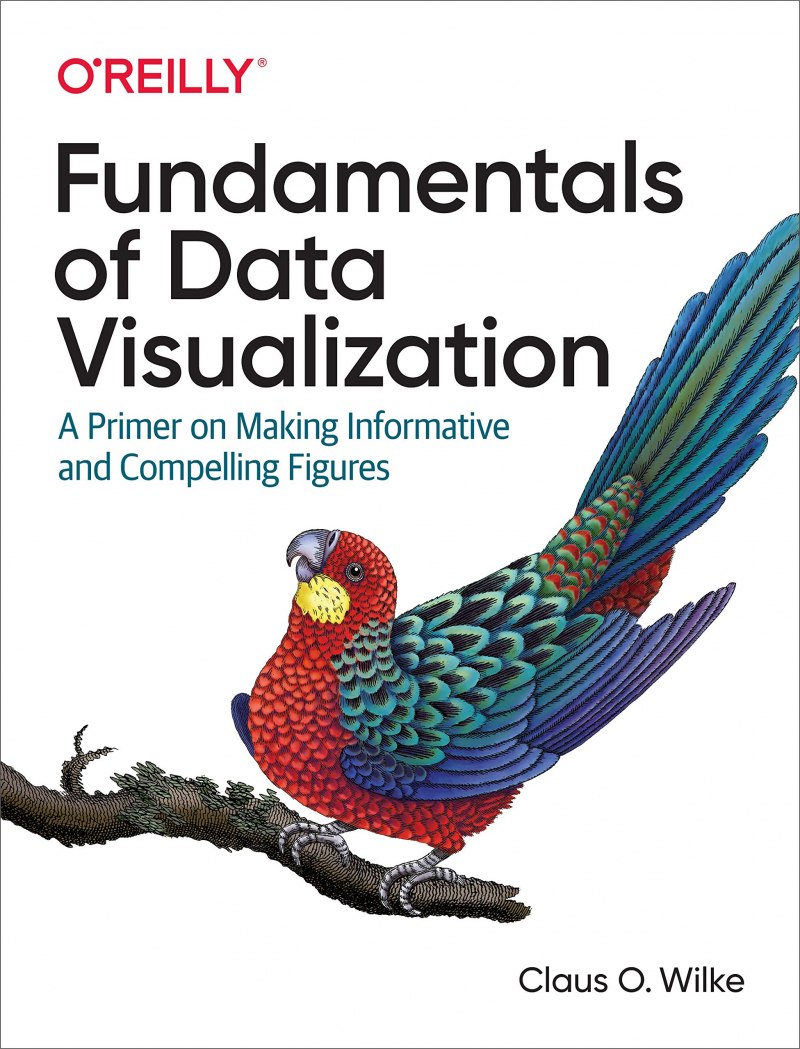
amazon.co.uk 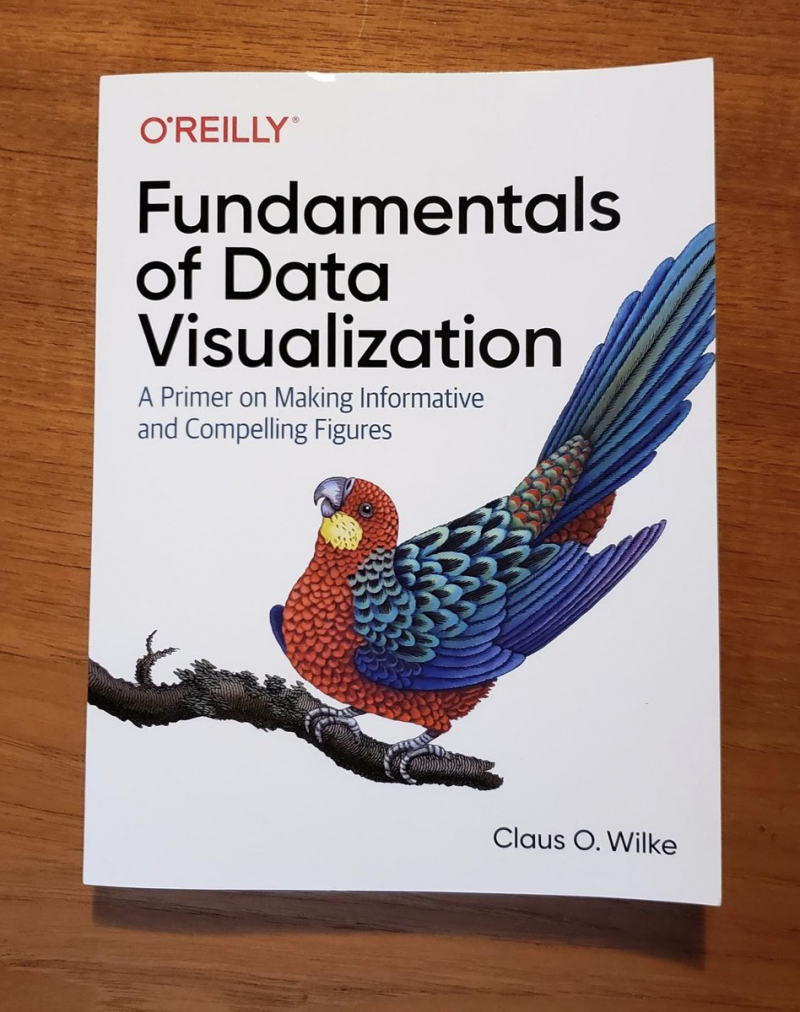
twitter.com -
Joel Grus works at the Allen Institute for Artificial Intelligence as a research engineer. He previously worked at Google as a software engineer and at various startups as a data scientist. He lives in Seattle, where he routinely attends data science happy hours.
To truly grasp data science, you must not only master the tools (data science libraries, frameworks, modules, and toolkits), but also the ideas and principles that underpin them. This second edition of Data Science from Scratch, one of the best books on data science, updated for Python 3.6, demonstrates how these tools and techniques function by implementing them from scratch.
If you have a mathematical aptitude and some programming abilities, author Joel Grus will help you become acquainted with the arithmetic and statistics at the heart of data science, as well as the hacking skills required to get started as a data scientist. This updated book shows you how to locate the diamonds in today's jumbled overflow of data, with new material on deep learning, statistics, and natural language processing.
- Take a Python crash course.
- Learn the fundamentals of linear algebra, statistics, and probability, as well as how and when they are applied in data science.
- Data collection, exploration, cleaning, munging, and manipulation
- Explore the principles of machine learning.
- Models such as k-nearest neighbors, Nave Bayes, linear and logistic regression, decision trees, neural networks, and clustering should be implemented.
- Investigate recommender systems, natural language processing, network analysis, MapReduce, and database technologies.
Author: Joel Grus
Link to buy: https://www.amazon.com/Data-Science-Scratch-Principles-Python/dp/1492041130
Ratings: 4.4 out of 5 stars (from 568 reviews)
Best Sellers Rank: #32,766 in Books
#5 in Computer Programming Structured Design
#5 in Enterprise Data Computing
#6 in Computer Algorithms
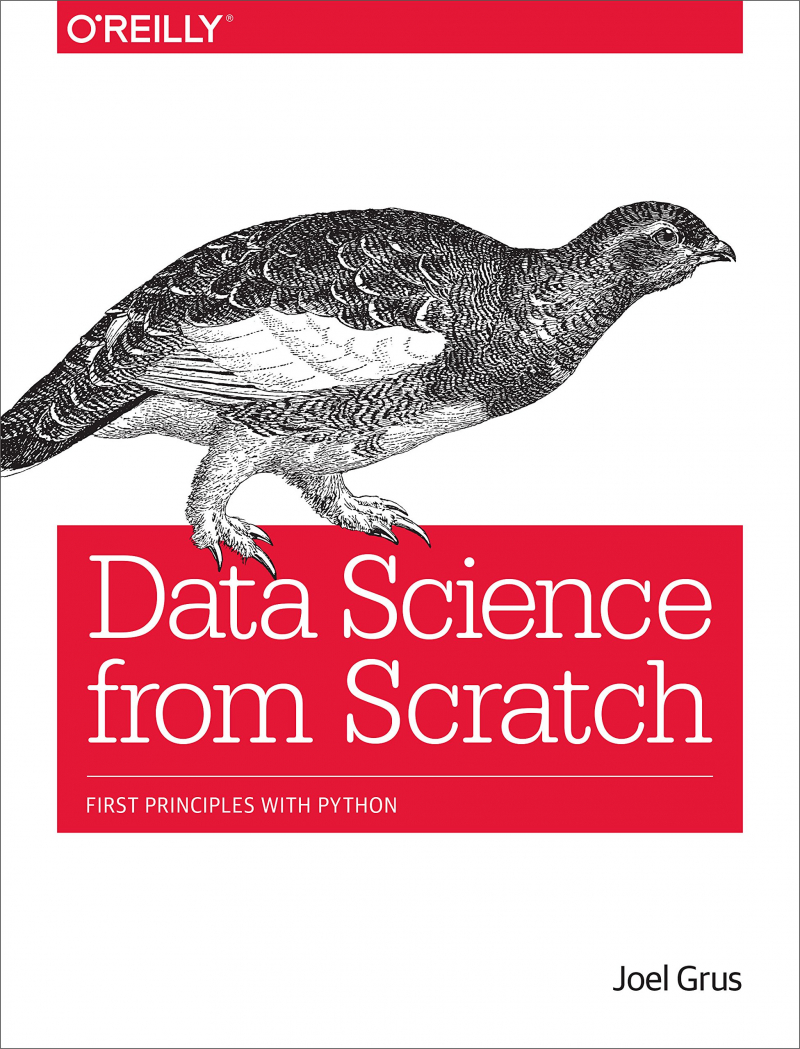
amazon.co.uk 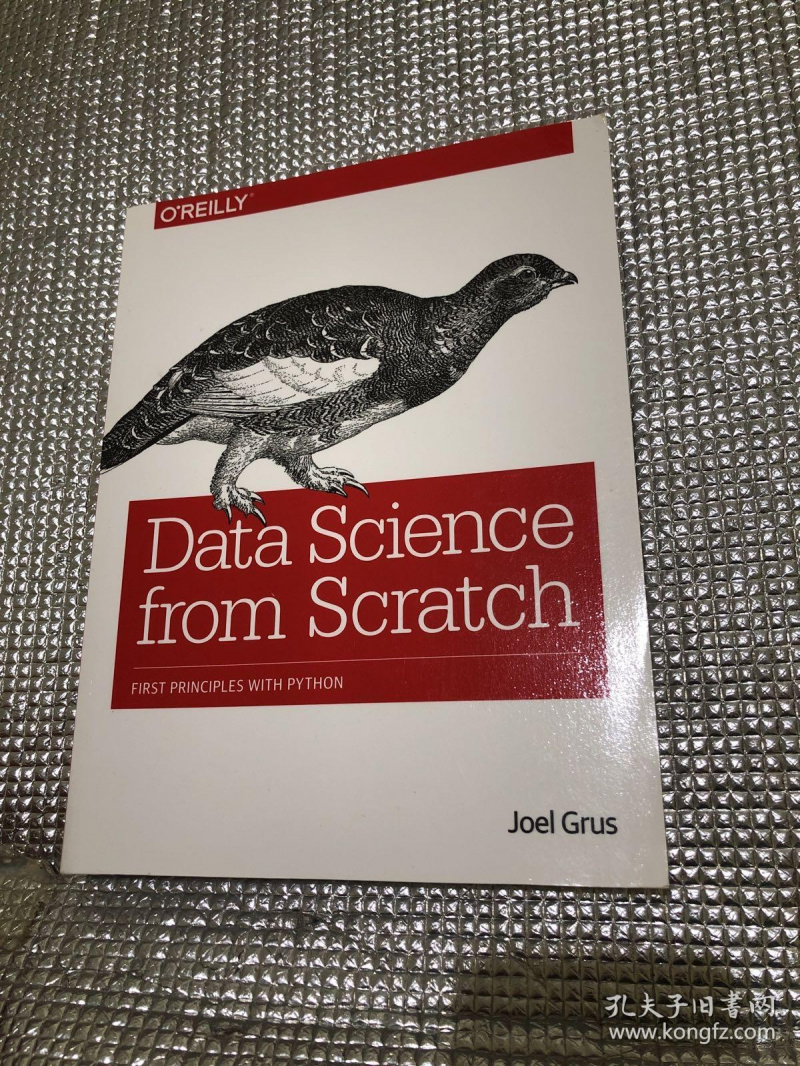
mbook.kongfz.com -
Foster Provost is an Associate Professor and NEC Faculty Fellow at New York University Stern School of Business, where he teaches in the MBA, Business Analytics, and Data Science programs. His award-winning study is widely read and cited. Prof. Provost has co-founded several successful data science for marketing enterprises.
Tom Fawcett has a Ph.D. in machine learning and has spent more than two decades working in industrial R&D for businesses such as GTE Laboratories, NYNEX/Verizon Labs, and HP Labs. His published work has become required reading in the field of data science.
Data Science for Business, written by renowned data science specialists Foster Provost and Tom Fawcett, covers the fundamental principles of data science and leads you through the "data-analytic thinking" required for extracting usable knowledge and business value from the data you collect. This guide will also help you comprehend the various data-mining strategies that are currently in use.
Data Science for Business is based on an MBA course Provost has taught at New York University for the past ten years, and it uses real-world business situations to illustrate these principles. Not only will you learn how to increase communication between business stakeholders and data scientists, but you'll also learn how to participate intelligently in your company's data science projects. You'll also learn how to think data-analytically and fully understand how data science methodologies may help businesses make decisions.
- Learn where data science fits in your organization and how you can use it to gain a competitive advantage.
- Consider data to be a company asset that requires deliberate investment in order to generate significant value.
- Approaching business issues data-analytically, utilizing the data-mining method to get useful data in the most appropriate manner
- Learn general principles for obtaining knowledge from data.
- When interviewing data science job prospects, use data science principles.
Author: Foster Provost and Tom Fawcett
Link to buy: https://www.amazon.com/Data-Science-Business-Data-Analytic-Thinking/dp/1449361323/
Ratings: 4.5 out of 5 stars (from 932 reviews)
Best Sellers Rank: #34,002 in Books
#8 in Business Mathematics
#11 in Data Modeling & Design (Books)
#13 in Database Storage & Design
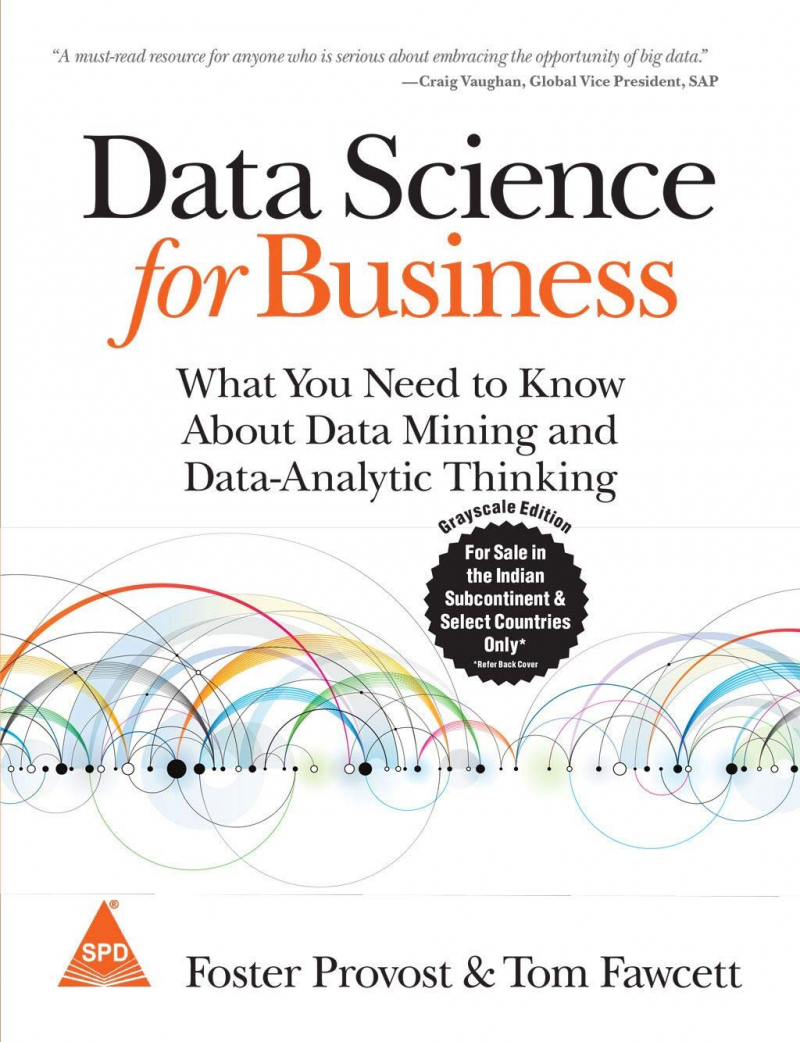
amazon.in 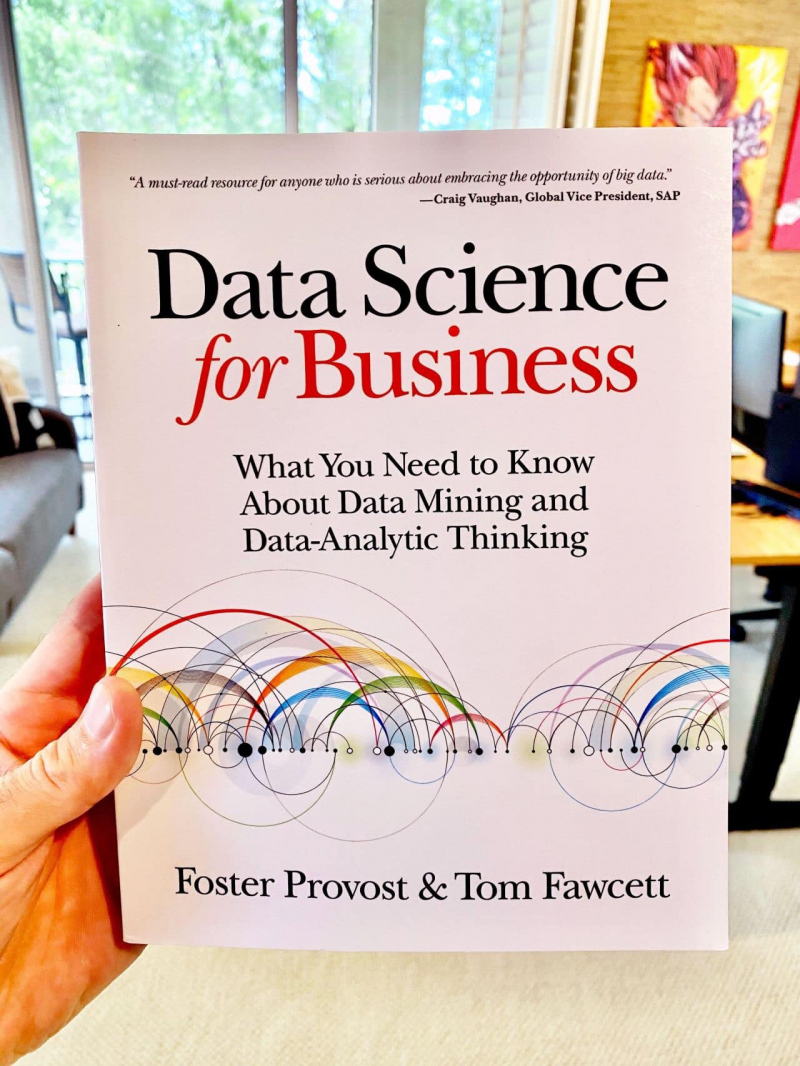
Photo: Smart Fingers's Facebook -
Alan Beaulieu has over 25 years of experience designing, creating, and implementing specialized database applications. He is the author of the O'Reilly books Learning SQL and Mastering Oracle SQL, as well as an online SQL course for the University of California. He now owns his own consulting firm that specializes in database design and development in the financial services and telecommunications industries.
As data flows into your organization, you must put it to use as soon as possible—and SQL is the greatest tool for the job. Author Alan Beaulieu's latest edition of this beginning guide assists developers in learning SQL essentials for developing database applications, performing administrative tasks, and generating reports. New chapters cover SQL and big data, analytic functions, and working with extremely large databases.
Using numerous pictures and annotated examples, each chapter provides a self-contained education on a major SQL subject or method. Exercises allow you to put what you've learned into practice. SQL knowledge is required for data interaction. With Learning SQL, one of the best books on data modeling and design, you'll quickly learn how to put this language's strength and versatility to use.
- Quickly learn SQL fundamentals and a few advanced features.
- SQL data statements are used to create, manipulate, and retrieve data.
- SQL schema statements are used to create database objects such as tables, indexes, and constraints.
- Discover how datasets interact with searches and the significance of subqueries.
- Use SQL's built-in functions to convert and manipulate data, and conditional logic in data statements.
Author: Alan Beaulieu
Link to buy: https://www.amazon.com/Learning-SQL-Generate-Manipulate-Retrieve/dp/1492057614/
Ratings: 4.6 out of 5 stars (from 324 reviews)
Best Sellers Rank: #39,874 in Books
#5 in MySQL Guides
#7 in SQL
#9 in Data Warehousing (Books)
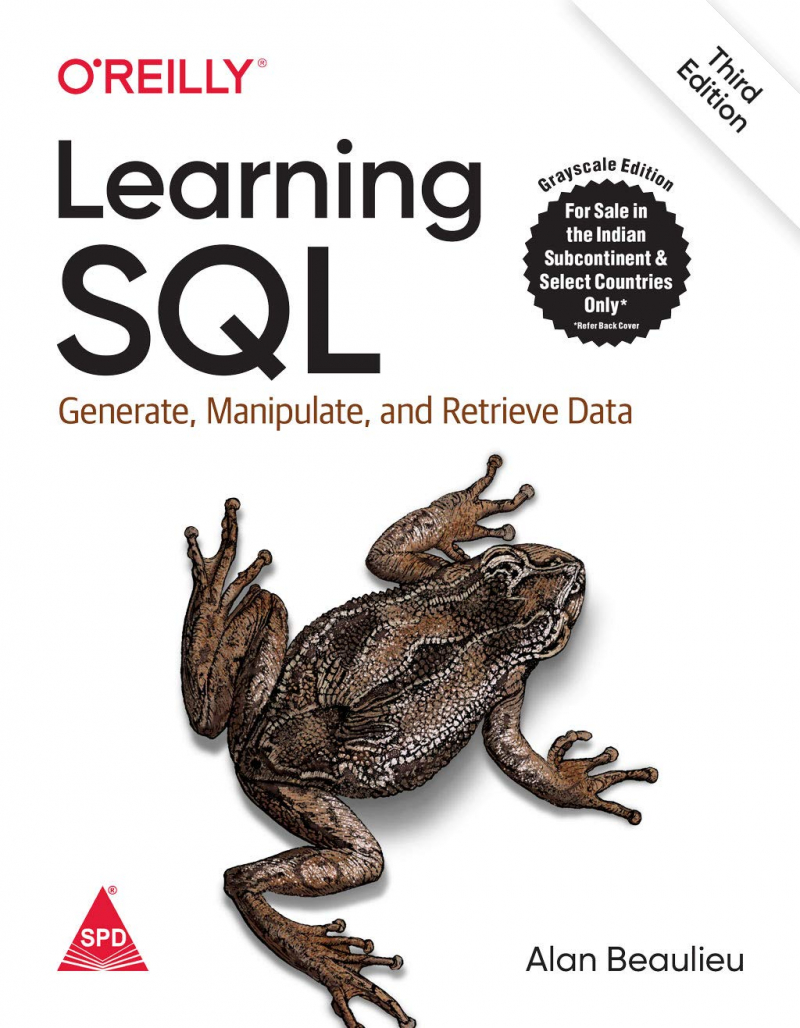
amazon.in 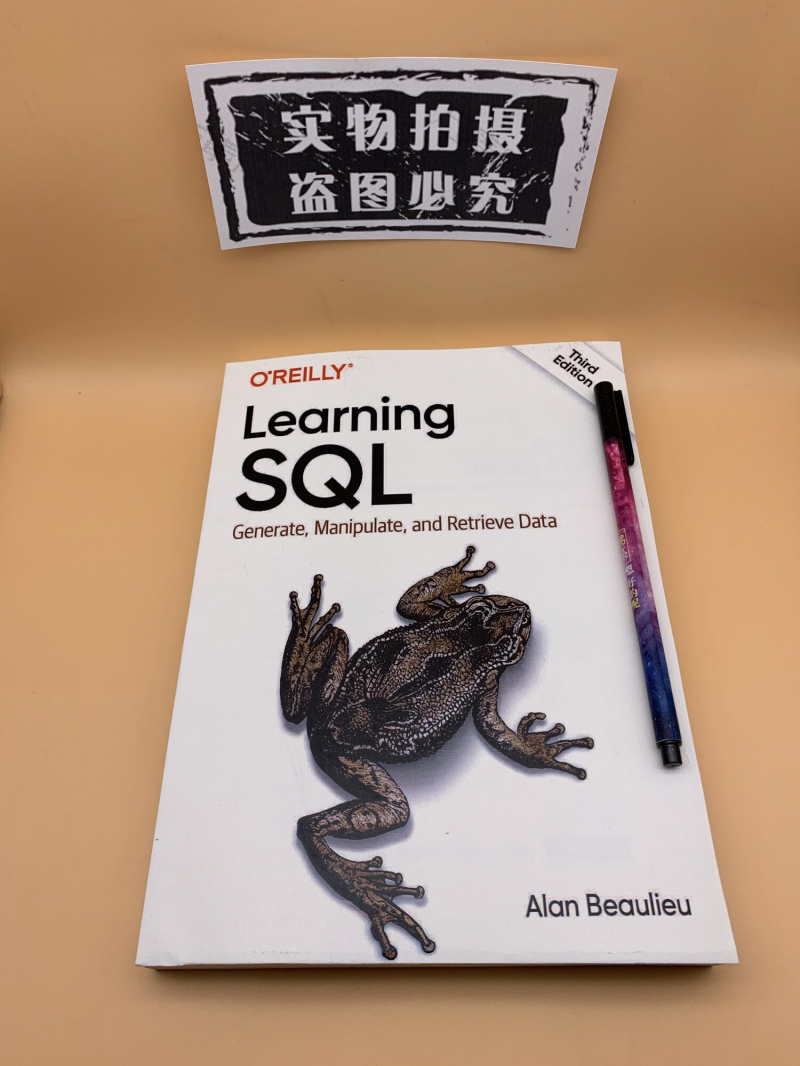
lazada.com.my -
Gwen Shapira works as a system architect at Confluent, assisting customers with their Apache Kafka implementation. She has more than 15 years of experience working with code and clients to create scalable data architectures that integrate relational and big data technologies.
Todd works as a Staff Site Reliability Engineer at LinkedIn, where he is in charge of feeding and watering the company's largest deployment of Apache Kafka, Zookeeper, and Samza. He is in charge of architecture, day-to-day operations, and tool development, as well as the development of an advanced monitoring and alerting system.
Rajini Sivaram works at Confluent as a Software Engineer, creating and developing security features for Kafka. She is a member of the Apache Kafka Program Management Committee and an Apache Kafka Committer.
Krit Petty works at LinkedIn as the Site Reliability Engineering Manager for Kafka. Krit holds a Master's Degree in Computer Science and has previously worked as a Linux system administrator and as a Software Engineer in the oil and gas business, designing software for high-performance computing projects.
Data is generated by every enterprise program, whether it is log messages, metrics, user activity, or outgoing communications. Moving all of this data is as critical as the data itself. This updated edition of Kafka: The Definitive Guide will teach application architects, developers, and production engineers who are new to the Kafka streaming platform how to manage data in motion. Other chapters address the AdminClient API of Kafka, transactions, new security capabilities, and tooling updates.
Engineers from Confluent and LinkedIn responsible for building Kafka describe how to use this platform to install production Kafka clusters, construct dependable event-driven microservices, and build scalable stream processing applications. You'll discover Kafka's design principles, reliability guarantees, essential APIs, and architecture specifics, such as the replication protocol, the controller, and the storage layer, through extensive examples.
You will investigate:
- Best practices for Kafka deployment and configuration
- Kafka producers and consumers for message writing and reading
- Reliable data delivery requires patterns and use-case criteria.
- Best practices for designing Kafka data pipelines and applications
- How to use Kafka in production for monitoring, tweaking, and maintenance.
- The most important operational measurements in Kafka
- The delivery capabilities of Kafka for stream processing systems
Author: Gwen Shapira, Rajini Sivaram, Krit Petty and Todd Palino
Link to buy: https://www.amazon.com/Kafka-Definitive-Real-Time-Stream-Processing/dp/1492043087/
Ratings: 4.9 out of 5 stars (from 50 reviews)
Best Sellers Rank: #54,075 in Books
#7 in Java Programming
#10 in Data Warehousing (Books)
#18 in Data Modeling & Design (Books)
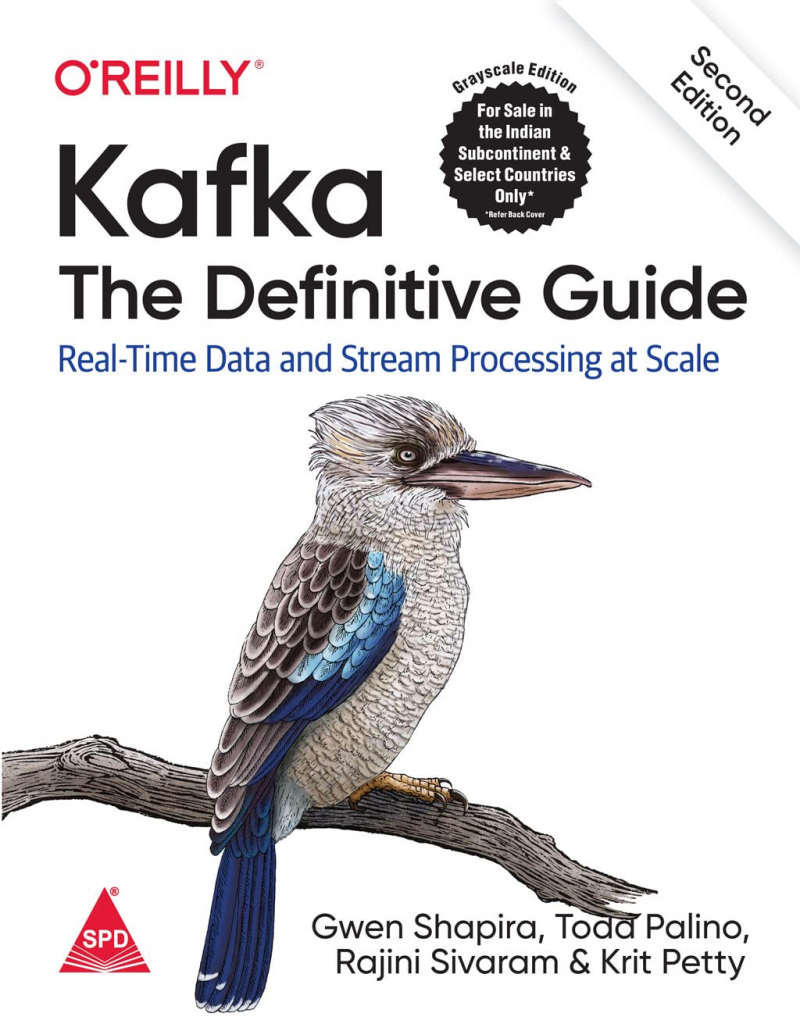
amazon.in 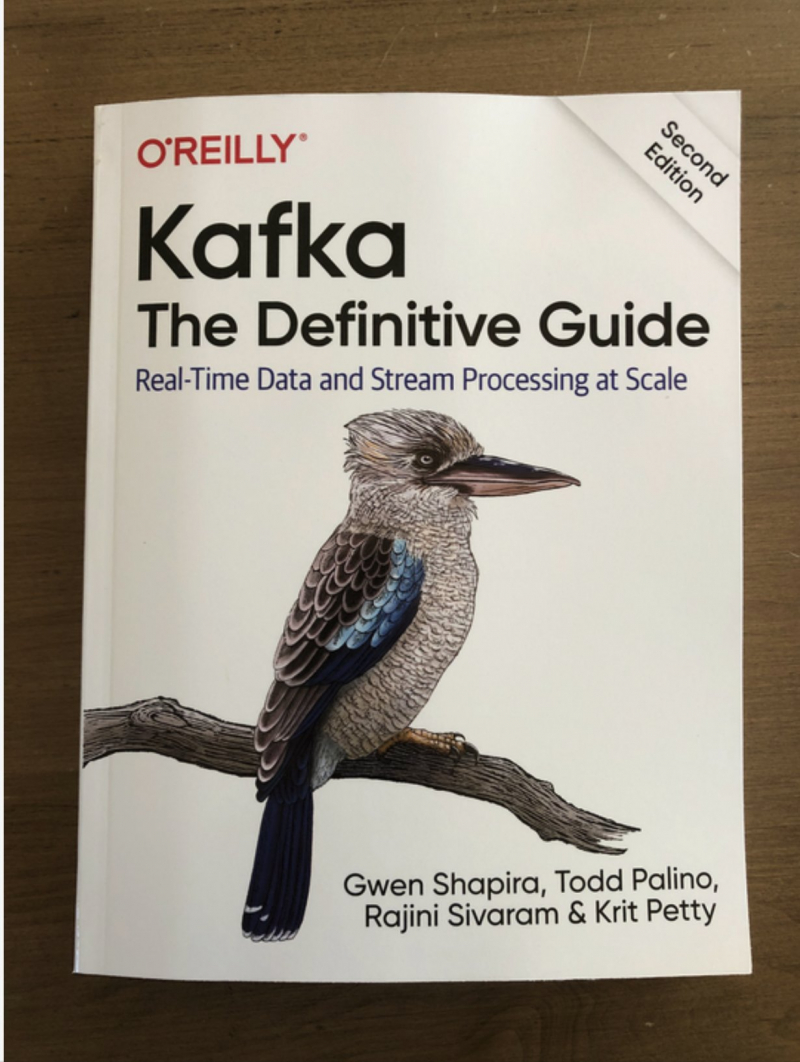
mobile.twitter.com -
Devin Knight is the President of Pragmatic Works Training and a Microsoft Data Platform MVP. He also contributes to various PASS Virtual Chapters. Mitchell Pearson has spent the previous eight years as a Data Platform Consultant and Trainer. Mitchell is the author of SQL Server, Power BI, and the Power Platform books. Bradley Schacht works on the Microsoft State and Local Government team in Jacksonville, FL as a Senior Cloud Solution Architect (Data Platform). Bradley has written three more SQL Server books. Erin Ostrowsky is a passionate and creative lifelong learner. She started her work as a business writer and researcher, but she was drawn to the potential of attractively illustrated data analysis.
This revised edition of Microsoft Power BI Quick Start Guide has been completely updated to reflect the most recent Power BI enhancements. It includes a new chapter on dataflow and covers all of the fundamental concepts such as installation, establishing efficient data models, and creating basic dashboards and visualizations to assist you and your organization make better business decisions.
You'll discover how to gather data from various sources and clean it with Power BI Query Editor. You'll then learn how to design your data model so that you can traverse and explore relationships within it, as well as how to create DAX formulas to make your data easier to work with. Microsoft Power BI Quick Start Guide emphasizes data visualization, and you'll quickly master data visualization styles and enhanced digital storytelling strategies.
You will also learn how to create your own dataflows, comprehend the Common Data Model, and automate data flow refreshes to eliminate data cleansing inefficiency.
This article will teach you how to manage your organization's Power BI setup so that deployment is seamless, data refreshes go smoothly, and security is fully implemented. By the end of this Power BI book, you'll have a better grasp of how to use Power BI effectively for business analytics. The book is regarded as one of the best books on data modeling and design.
What you will discover:
- Use the import and DirectQuery options to connect to data sources.
- Use Query Editor for data transformation and cleansing processes, including the creation of M and R scripts and dataflows to perform the same tasks in the cloud. Create optimized data models by designing relationships and DAX calculations.
- Create effective reports using built-in and unique graphics.
- Implement row-level security using Power BI Desktop and Service.
- Set up a Power BI cloud tenancy for your company and use the built-in AI capabilities to improve Power BI data transformation procedures.
- Install the Power BI desktop files on the Power BI Report Server.
This book will be valuable for aspiring business intelligence experts who wish to master Power BI. This book is for you if you have a basic understanding of BI ideas and want to learn how to apply them using Microsoft Power BI.
Author: Devin Knight and Bradley Schacht
Link to buy: https://www.amazon.com/Microsoft-Power-Quick-Start-Guide/dp/1800561571/
Ratings: 4.2 out of 5 stars (from 120 reviews)
Best Sellers Rank: #63,042 in Books
#13 in Business Intelligence Tools
#15 in Microsoft C & C++ Windows Programming
#24 in Data Modeling & Design (Books)
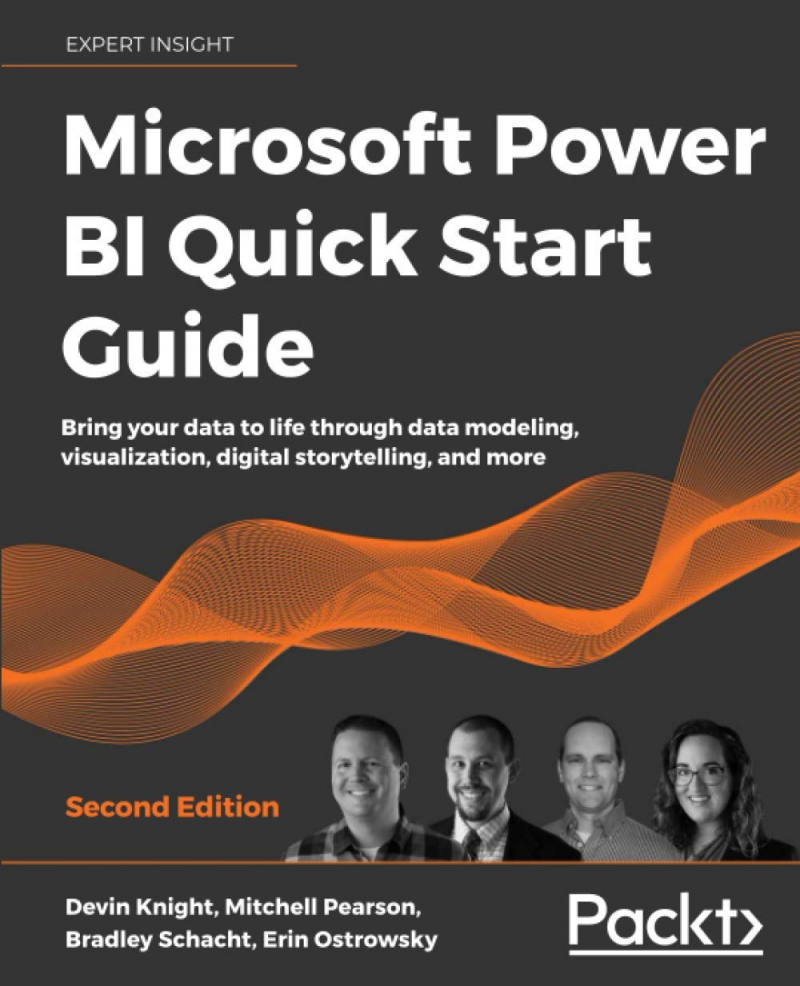
amazon.co.uk 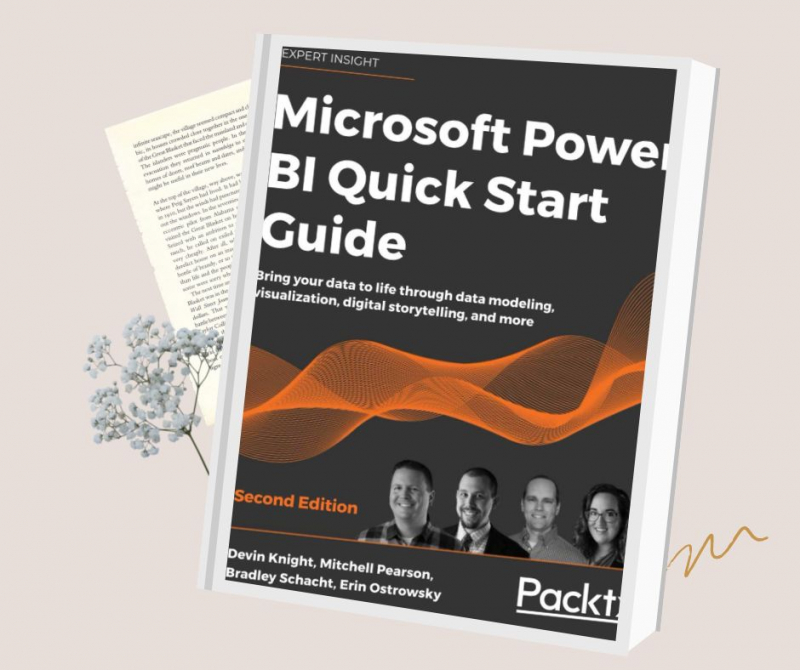
amazon.co.uk













